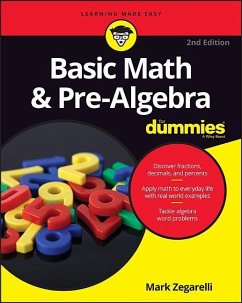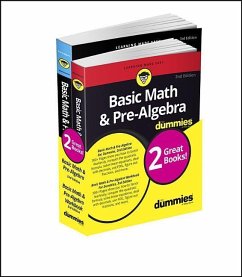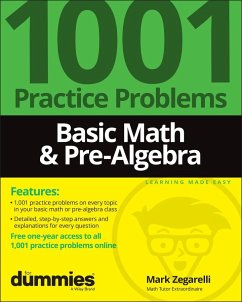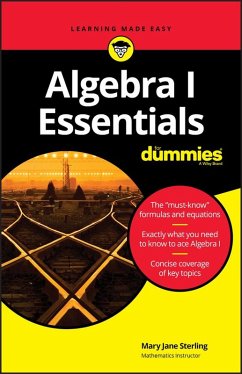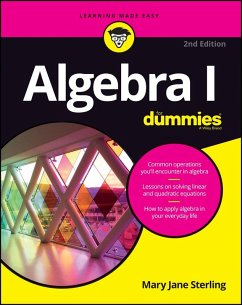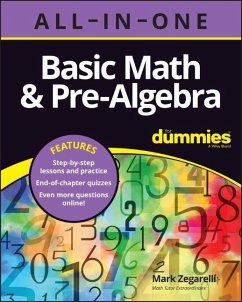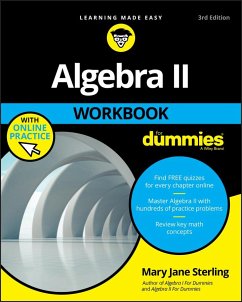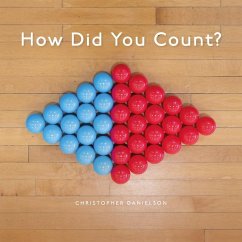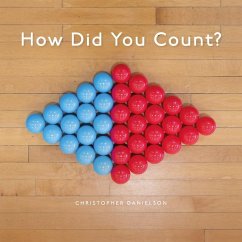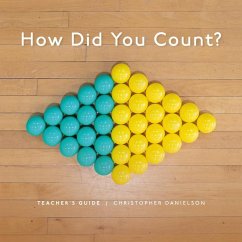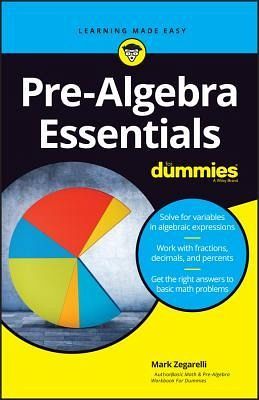
Pre-Algebra Essentials for Dummies
Versandkostenfrei!
Versandfertig in 2-4 Wochen
18,99 €
inkl. MwSt.
Weitere Ausgaben:

PAYBACK Punkte
9 °P sammeln!
* The "must-know" formulas and equations * Exactly what you need to know to ace pre-algebra * Concise coverage of key topics Your practical primer on pre-algebra This useful and friendly guide focuses on critical concepts taught in a typical pre-algebra course -- from fractions, decimals, and percents to standard formulas and simple variable equations. Learn how to turn words into numbers and use "x" in algebraic equations to solve word problems. Get the lowdown on the essential formulas you need to solve for perimeter, area, surface area, and volume. Pre-Algebra Essentials For Dummies is per...
* The "must-know" formulas and equations * Exactly what you need to know to ace pre-algebra * Concise coverage of key topics Your practical primer on pre-algebra This useful and friendly guide focuses on critical concepts taught in a typical pre-algebra course -- from fractions, decimals, and percents to standard formulas and simple variable equations. Learn how to turn words into numbers and use "x" in algebraic equations to solve word problems. Get the lowdown on the essential formulas you need to solve for perimeter, area, surface area, and volume. Pre-Algebra Essentials For Dummies is perfect for cramming, homework help, or as a reference for parents and tutors helping students study for exams. Inside... * How to find the greatest common factor and least common multiple * Tips for working with fractions * Evaluate and simplify algebraic expressions * Essential formulas explained * Convert between fractions and decimals * Help for understanding graphs and charts
Dieser Artikel kann nur an eine deutsche Lieferadresse ausgeliefert werden.




